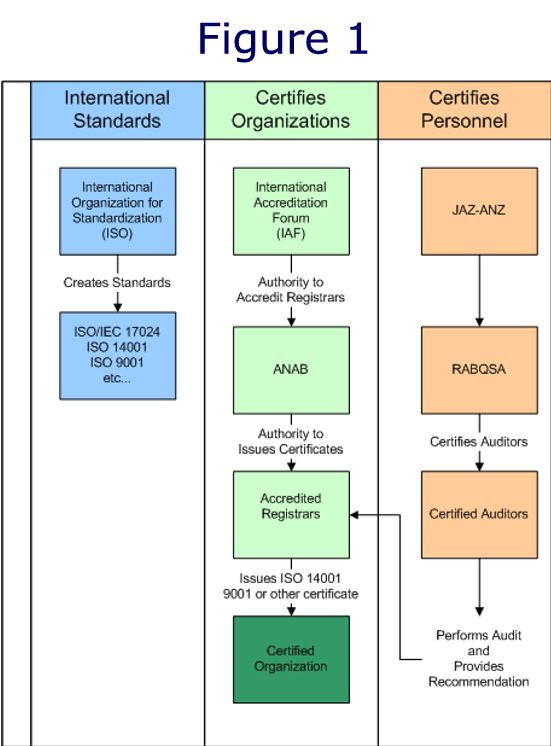A recent conference in Milwaukee held by the U.S. State Department received public comments on the U.S. position on global warming to be presented by the U.S State Department at the United Nations Framework Convention on Climate Change in Copenhagen, Denmark this December (see http://unfccc.int/2860.php). This is an important convention where the U.S. along with other nations may commit to reducing global GHG emissions. From the tone of the meeting it sounds like the State Department is more willing to cooperate with global GHG emission reduction initiatives than it was at previous meetings but very few details were provided on what the U.S. was willing to try to negotiate in Copenhagen.
The conference audience was a good mix between manufacturing, business and academic interests. The meeting began with the State Department representatives making a statement to the effect that there was “no longer any reason to doubt the scientific basis for global warming and the role GHG emissions play”. Many in the audience were quick to challenge this statement insisting that the science was not at all-conclusive and expressing the opinion that there was little evidence that GHG emission cause global warming. Most in the audience also expressed the concern that cap and trade regulation would seriously damage affected U.S. businesses’ competiveness with developing nations who would not likely adhere to GHG control requirements.
This is the same debate that has persisted for at least the last 30 years and is likely to continue for at least another 30. Personally, I am not convinced that there is a concrete, demonstrable link between GHG emissions and global warming. I think it is plausible that such a link exists but have not yet seen compelling indisputable evidence of the connection. But I really don’t think that a concrete link is needed for us to want to control GHG emissions, especially those associated with energy use.
There are other strategic issues with potential global warming that I believe should be driving our efforts to reduce these emissions. I believe that the security of our nation, which relies heavily on non-renewable sources of energy to sustain its standard of living, is not as strong as a nation that is less reliant on non-renewable energy. If the United States continues to delay development of technology to improve our use of renewable energy, and we continue to deplete limited supplies of non-renewable energy, there may come a time when we have reached the tipping point. A point where we are unable to sustain our standard of living and no longer have the resources to invest in development of alternate renewable energy sources
If cap and trade is able to create additional incentive to limit the use of non-renewable energy in this country I believe that may be a good thing. If we can also hedge our bets about whether or not GHG emissions are causing global warming it seems like a no-lose strategy. It seems there is more to gain than to lose by controlling the use of non-renewable energy and if cap and trade will help us we should look past fears of change and move ahead on reducing GHG emissions here in the U.S. and around the world.
